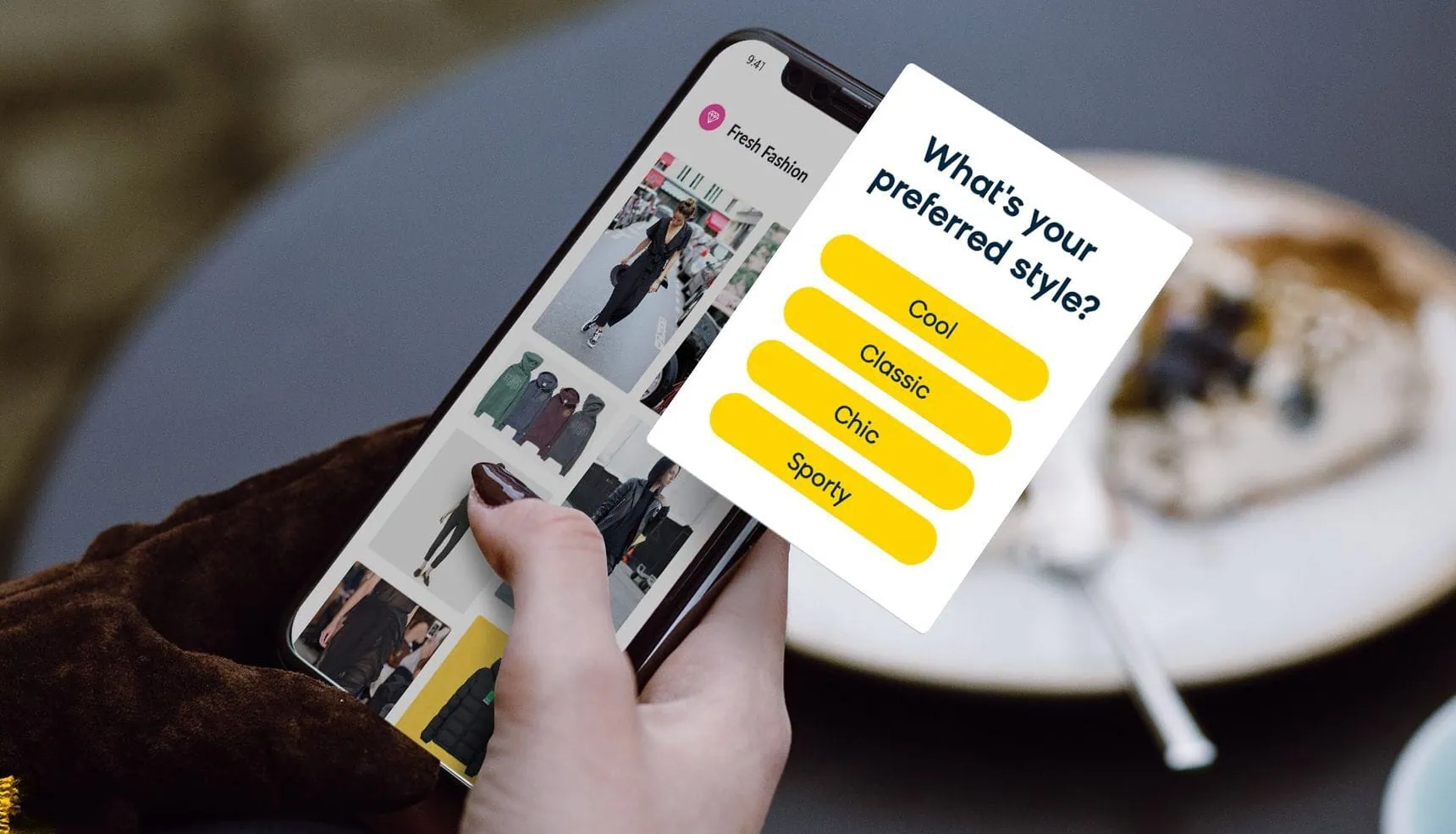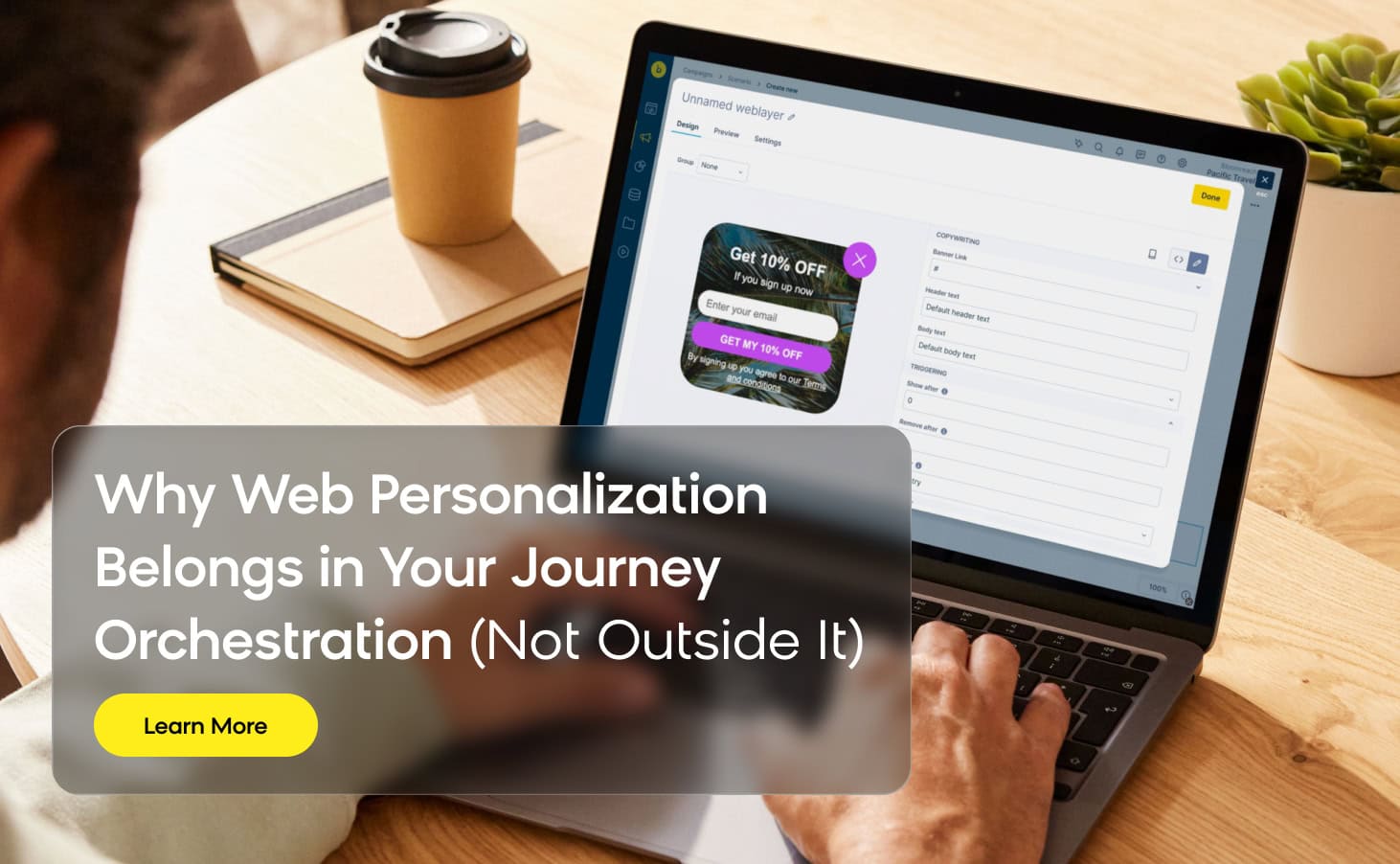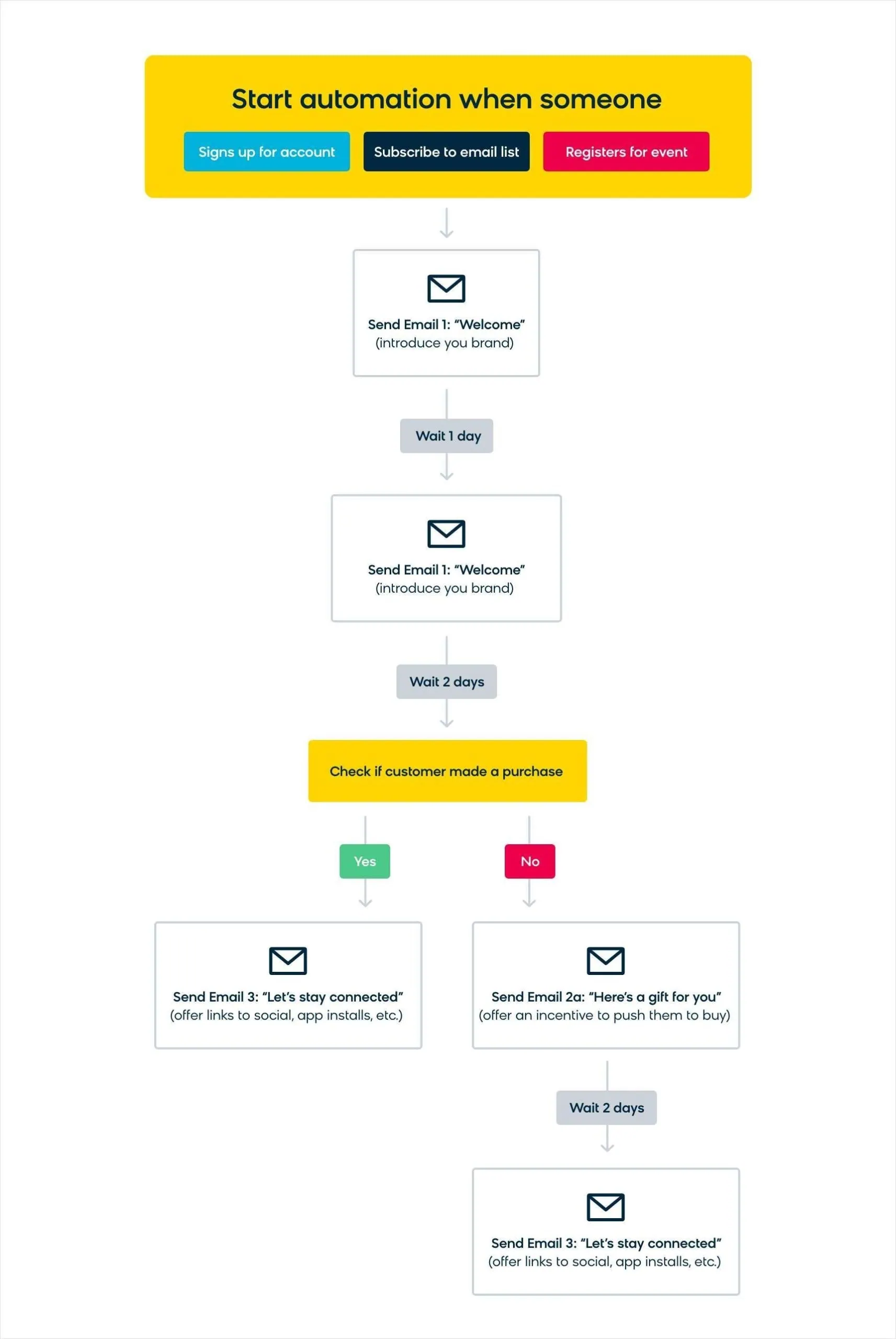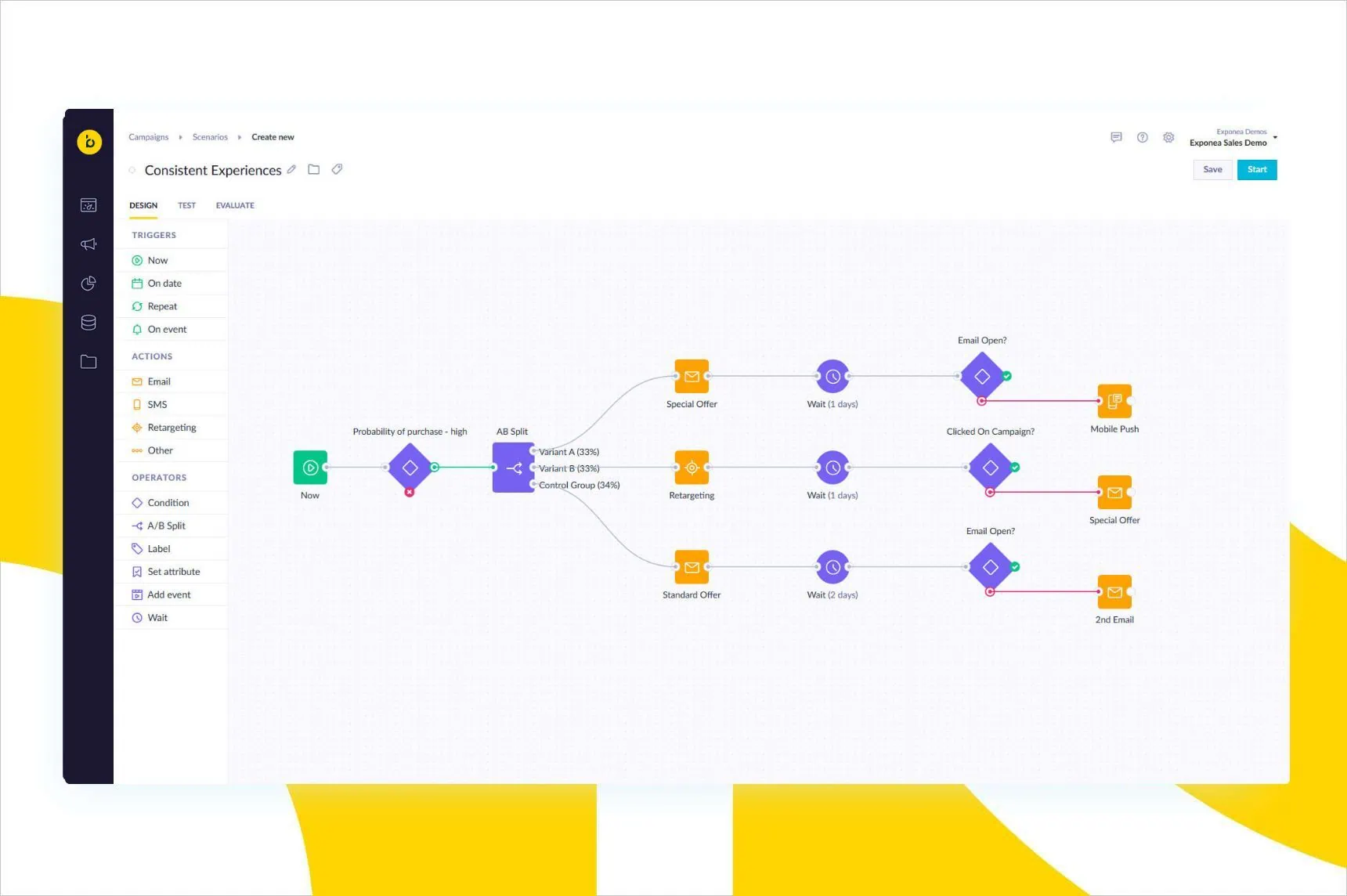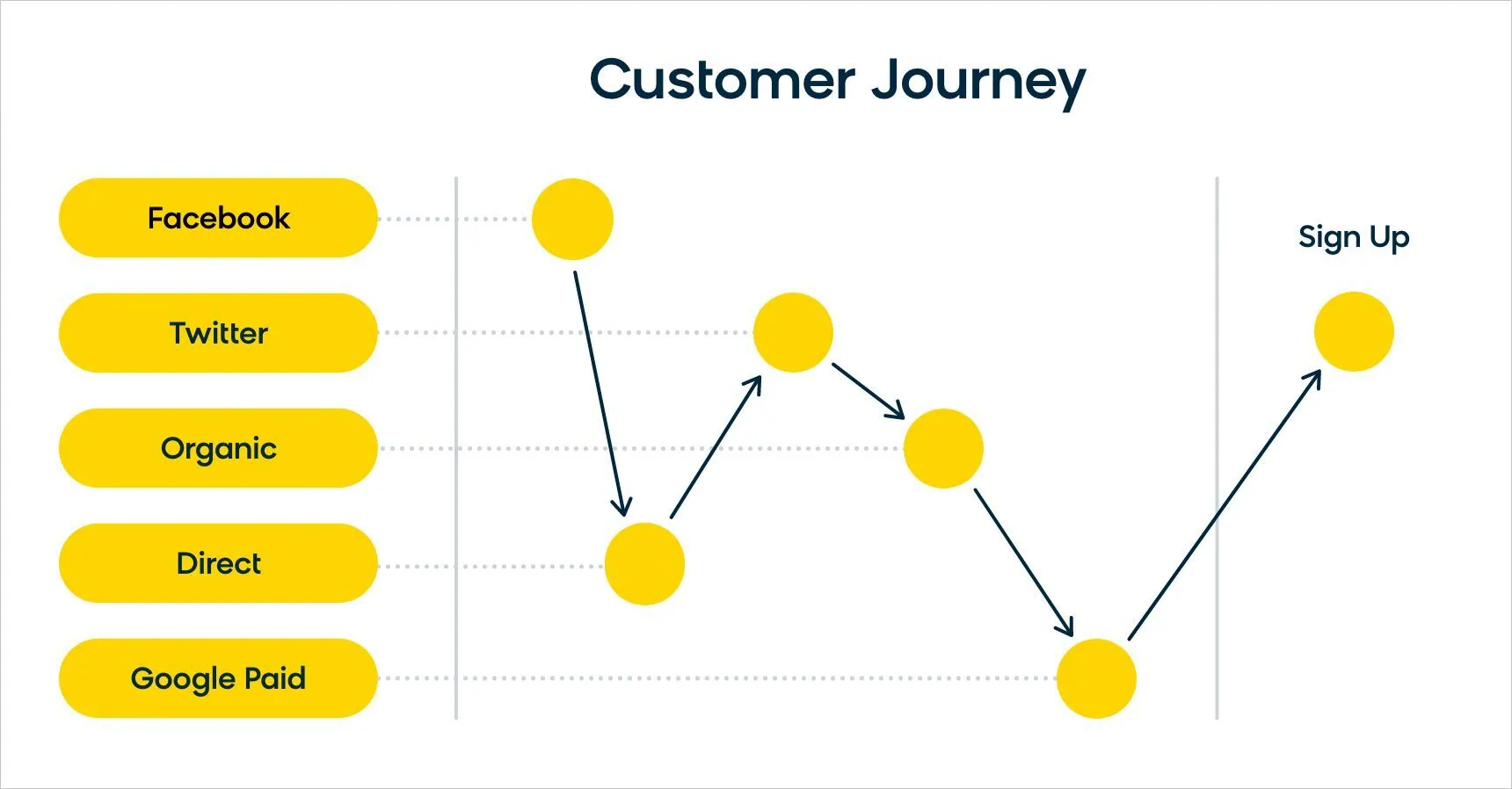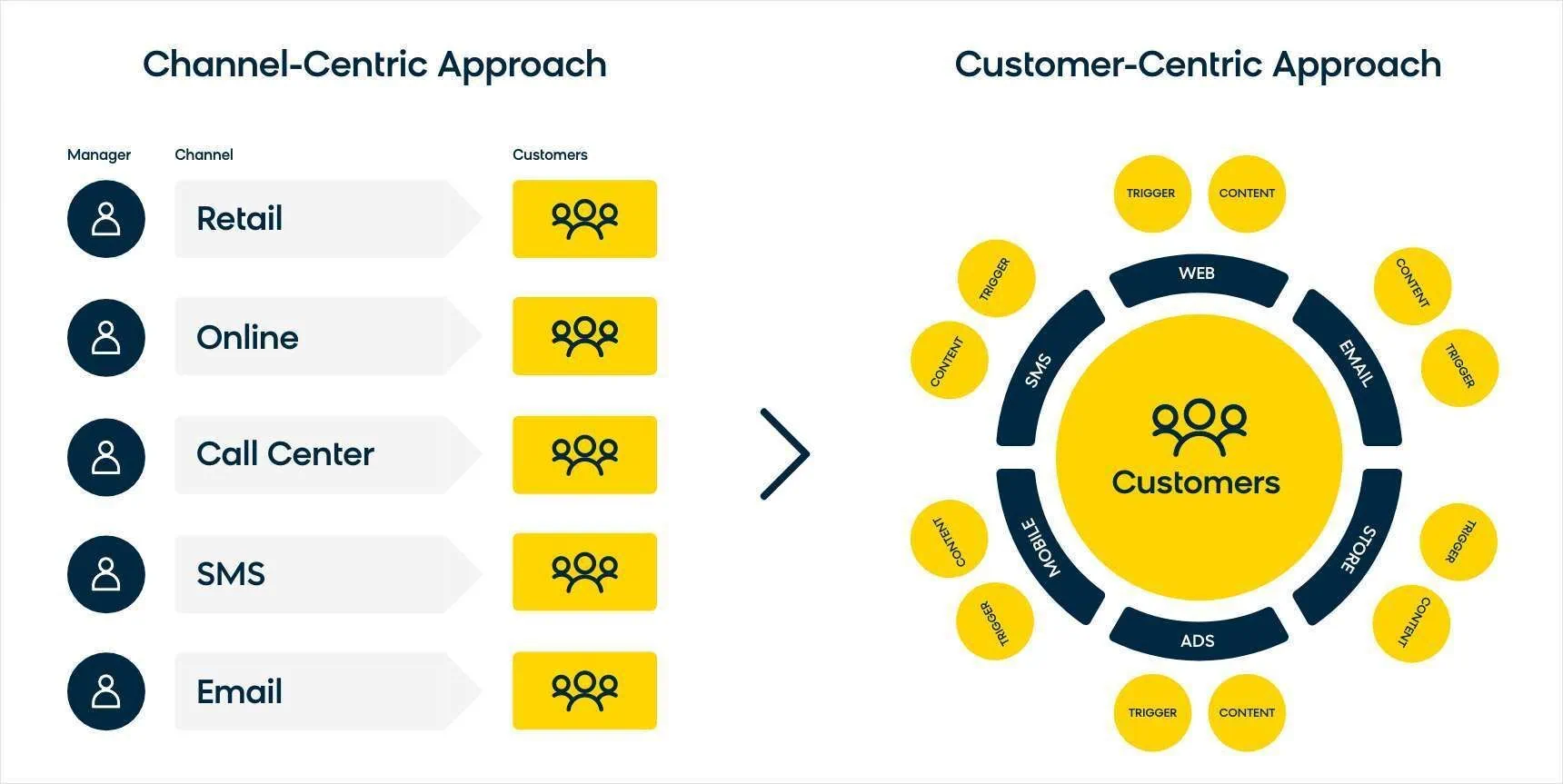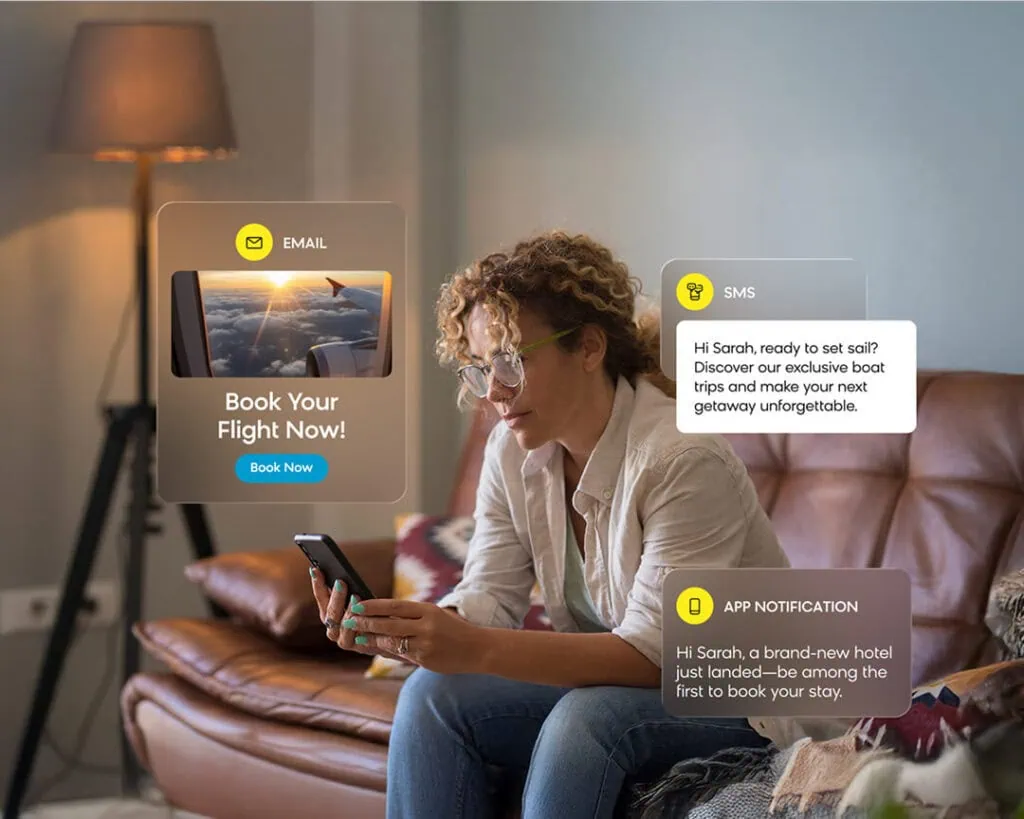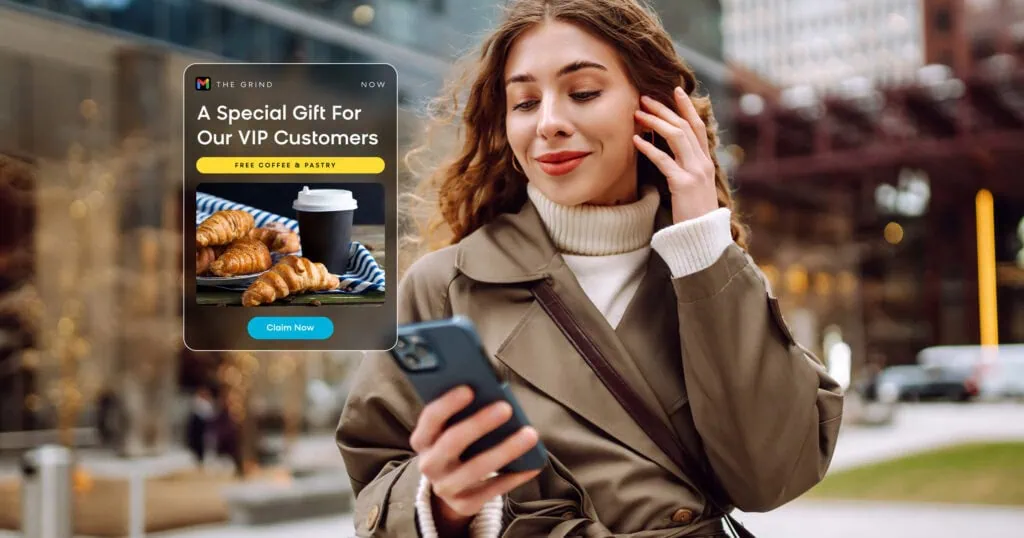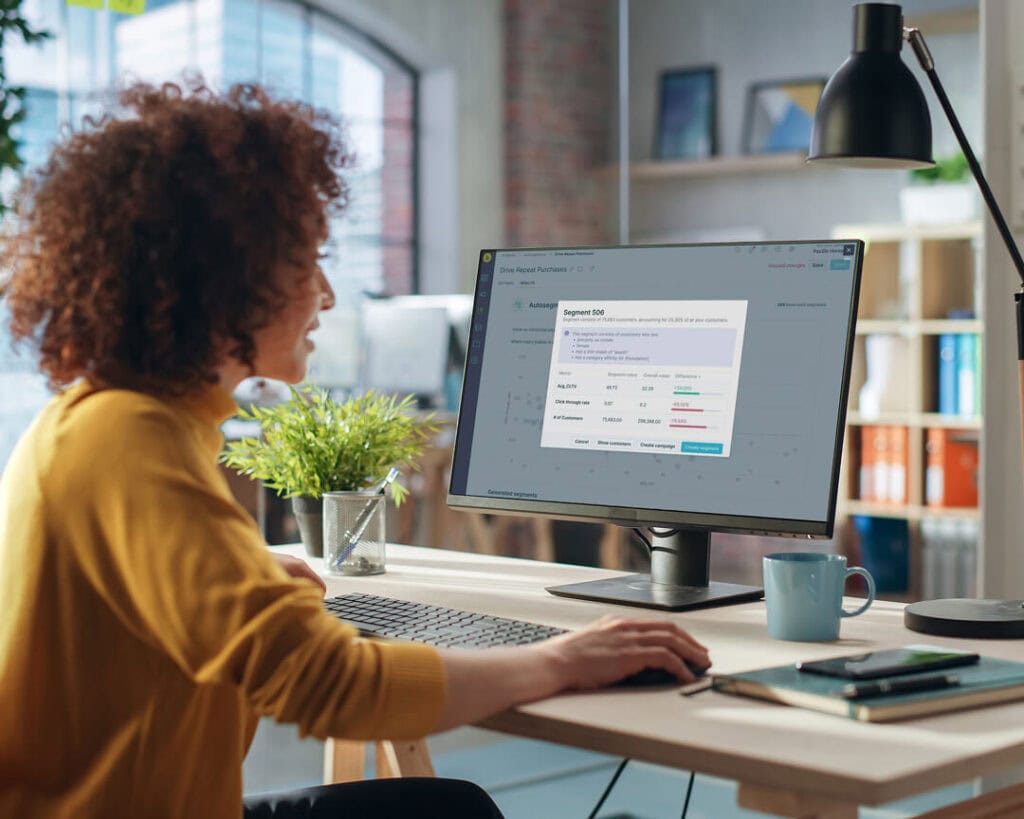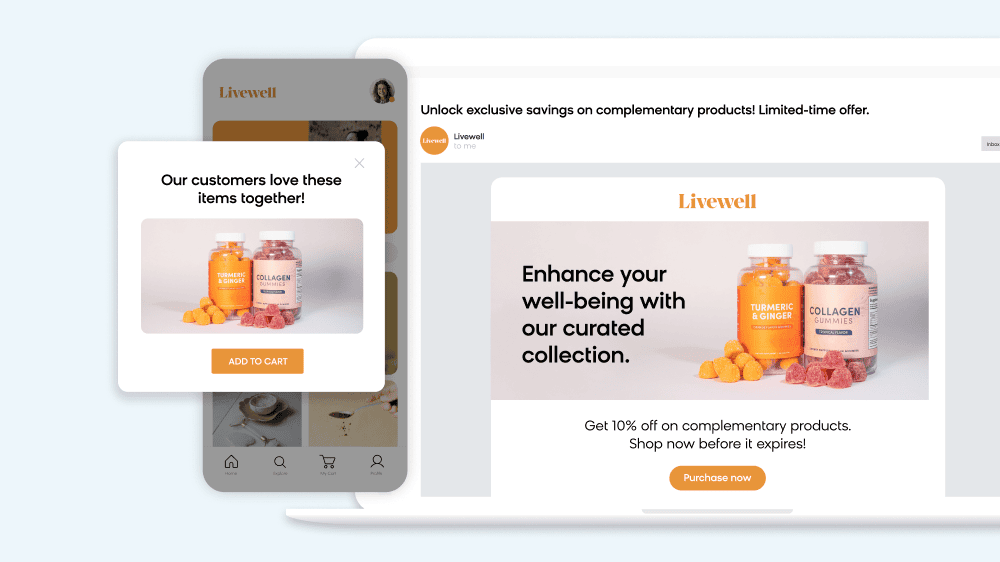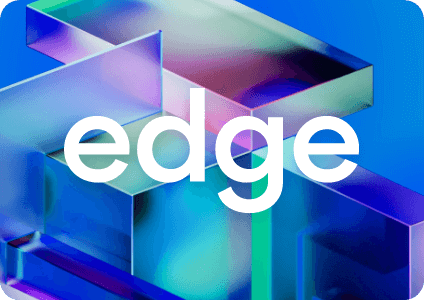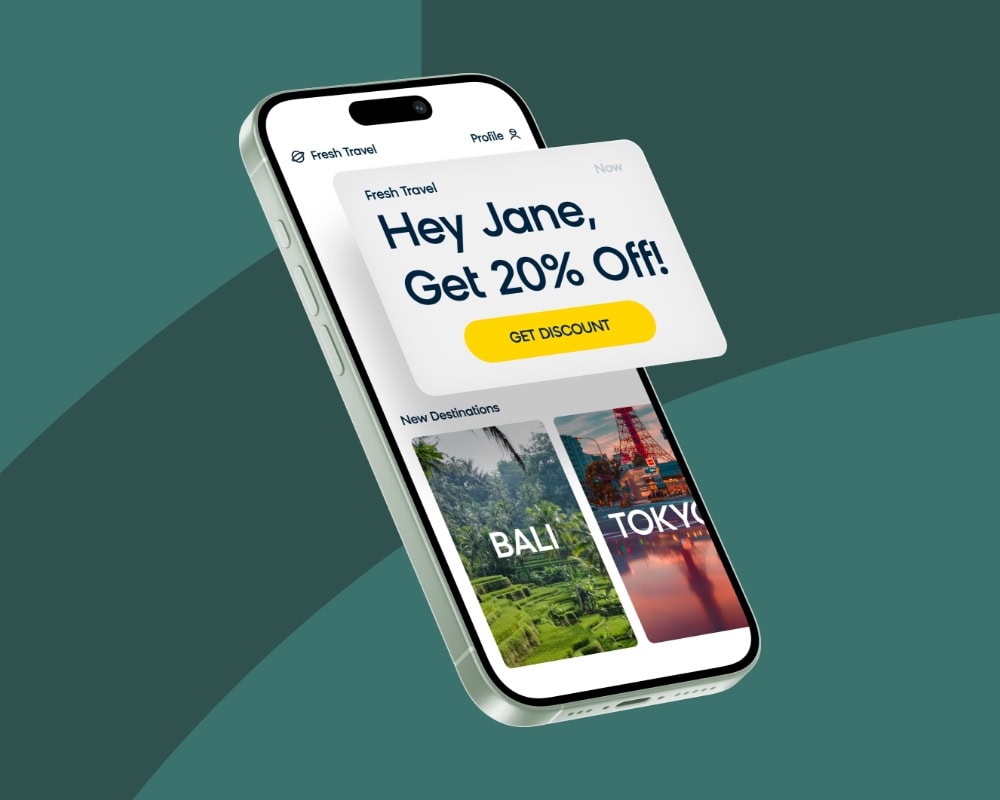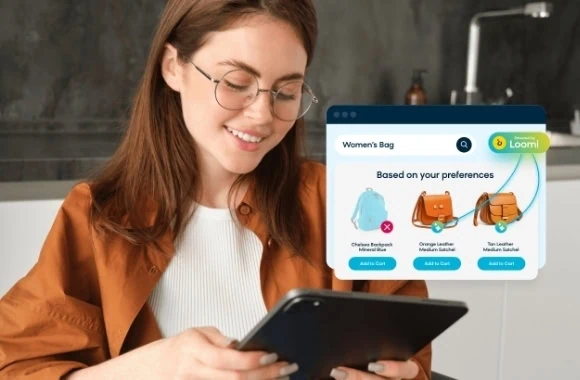Customer journey orchestration is more than a trend or a fleeting phase in the ever-changing world of martech.
It’s a shift in the way businesses view their relationships with their audience, and it’s a viewpoint you need to adopt to keep up with customer expectations.
Journey orchestration lets each customer take an active role in defining their personal experience with your brand, like a choose-your-own-adventure book. And as a business, you are the author. You give them the choices and guide the way, steering them towards the perfect products and enticing them to purchase.
You are expected to build, adapt, and orchestrate their customer journey. Here’s everything you need to know to make that happen using our proven 5-step framework, essential tools, and real-world examples that are driving measurable results in 2025.
What Is Customer Journey Orchestration?
At its core, journey orchestration is a simple equation: customer behavior + omnichannel communication.
Journey orchestration is the process of understanding customer behavior across all channels and applying that data to map out personalized campaigns that best engage with your audience.
It all hinges on your ability to connect your customers to the touchpoints they have with your brand, which reveals so much about their preferences and inclinations for engagement — whether they favor a promotional email first thing in the morning, a website visit on their lunch break, or a social media ad instead of an SMS message.
With that vital information, you can craft truly personalized campaigns. And the more up to date your data is, the better your marketing efforts will be.
That’s why real-time data is an essential component of journey orchestration. You need to know how, where, and when your customers interact with your brand, and you need to know the moment it happens. Because to orchestrate the ideal customer journey for every customer, each step needs to inform the next one.
For instance, if a customer clicks on an email, visits your website, and completes a purchase, they need to be reengaged and remarketed accordingly. If they don’t interact with that email, they need a completely different approach for customer reengagement.
To offer the best customer experience, their choice has to dictate the marketing they receive. That’s the level of personalization that true journey orchestration offers.
Why Do Businesses Need Journey Orchestration?
The degree of one-to-one personalization that journey orchestration offers is awe-inspiring. But do modern businesses really need this targeted approach to reach their customers?
Absolutely. In the age of modern digital commerce platforms, journey orchestration is far from a supplemental feature for your marketing strategy. It needs to be a fundamental pillar in your business plan.
Think about your own experience as a customer. Do you use multiple devices regularly throughout your day? When you shop, do you expect businesses to incorporate the preferences you identified into your shopping experience?
The answers to these questions are likely yes because advanced ecommerce personalization is now the standard for modern business. Your customers are using multiple channels at any given moment, and your brand needs to be ready to engage with them where it matters most.
Your audience doesn’t just expect you to serve them promotion after promotion until one entices them to make a purchase. They expect your brand to listen to them. When they willingly provide their data to you, whether it’s zero-party customer data or through other sources, they presume you will use it to make their experience more personalized.
The best way to give your audience the experience they deserve and connect with them on the channels that matter is through journey orchestration. It turns your marketing efforts into a dialogue, incorporating the learnings and insights you gain from every interaction to inform the next one.
Personalization isn’t just a goal for the future. It’s a necessity for today’s brands who want to thrive in the modern market, providing a competitive advantage in today’s crowded digital marketplace.
Customers are continually being bombarded with marketing messages throughout their day, and the companies that stand out are the ones that deliver tailored experiences. By orchestrating each step of the customer journey to fit a shopper’s unique needs, brands can create a customer experience that differentiates them from competitors. It’s the best way to improve customer relationship metrics across the board, from brand recognition to customer loyalty.
Common Challenges in Customer Journey Orchestration
While journey orchestration offers tremendous benefits, many businesses encounter significant obstacles during implementation. Understanding these common challenges helps organizations prepare for success and avoid costly mistakes in 2025.
Data Silos and Integration Issues
One of the biggest barriers to effective journey orchestration is fragmented data across multiple systems.
When customer information is trapped in separate platforms—CRM, email marketing, web analytics, and point-of-sale systems—brands struggle to create a unified view of the customer journey. This leads to disjointed experiences where customers receive irrelevant messages or conflicting communications across channels.
To break down these silos, brands need a unified customer data platform. With careful planning and a robust integration strategy, these tools can unify your data and unlock successful journey orchestration.
Over-Personalization and Privacy Concerns
While personalization drives engagement, brands often make the mistake of using too much personal information in ways that feel intrusive to customers. This over-personalization can trigger privacy concerns and reduce trust.
Modern journey orchestration requires balancing relevant personalization with respect for customer privacy, ensuring compliance with regulations like GDPR (implemented May 25, 2018, with fines up to €20 million or 4% of global annual revenue) while still delivering meaningful experiences through intelligent web personalization.
Scaling Without Losing Authenticity
As businesses grow, maintaining authentic, personalized experiences becomes increasingly complex. Many organizations lose the personal touch that built their initial success when they try to scale their journey orchestration efforts.
The key is implementing intelligent customer segmentation that maintains relevance while enabling mass personalization through automation and machine learning. With your strategy focused on the customer, you can effectively build and scale journeys that make an impact.
The 5 Essential Steps To Map Out Customer Journeys
Every marketer knows the five basic phases of the customer journey: awareness, consideration, decision, retention, and advocacy. But these broad phases don’t address the nuance of a customer’s experience or provide actionable guidance for orchestration.
Here are the 5 essential steps you need to take to successfully orchestrate exceptional customer experiences in 2025.
Step 1: Collect and Unify Customer Data
Data is the fuel you need to craft a great customer journey, so collecting it correctly is incredibly important. A consistent customer experience across channels, appropriate AI-powered product recommendations, tailored communications — they all rely on data.
And there are a lot of sources, types, and data sets to tap into to get the data you need, including:
- Events: behavioral data from a user’s actions in a session on a website, in an app, or on a mobile browser.
- Customer Attributes: names, addresses, contact details, birthdays, etc. for your customers.
- Transactional Data: purchases, returns, and other info from ecommerce or POS systems.
- Customer Service Data: live chat data, the number and length of interactions, frequency, NPS scores, and other data from CRM systems.
A comprehensive customer data platform can help you gather and organize all this transactional, demographic, and behavioral data and get a holistic view of individual customers. It’s a daunting amount of information, but with the right tools, you can make it work to your business’ advantage.
Step 2: Create Omnichannel Campaign Frameworks
Without an omnichannel approach to commerce, your customer journey mapping is bound to hit bumps in the road and dead ends.
Strategic omnichannel commerce is a multichannel approach to sales that focuses on providing a seamless customer experience. It aims to connect all your channels and give your audience the same quality and service, whether the client is shopping online from a mobile device, on a laptop, or in a brick-and-mortar store.
A seamless experience is paramount for customer journey orchestration. You need to engage customers where and when it is convenient for them, and each channel needs to reflect the experience they expect from your company.
Step 3: Design Dynamic Journey Flows
Creating static, one-size-fits-all customer journeys is no longer sufficient in 2025. Modern customers expect dynamic experiences that adapt based on their behavior, preferences, and real-time interactions.
Design journey flows that branch based on customer actions, engagement levels, and lifecycle stages. Use behavioral triggers to automatically adjust messaging, timing, and channel selection. This approach ensures each customer receives relevant communications at optimal moments throughout their journey.
Step 4: Implement Real-Time Personalization
Real-time personalization goes beyond simple name insertion in emails. It involves dynamically adjusting content, product recommendations, and messaging based on current customer behavior and historical data patterns.
Leverage machine learning algorithms to predict customer intent and deliver personalized experiences across all touchpoints. This includes on-site weblayers, email campaigns, mobile app experiences, and even customer service interactions.
Step 5: Analyze, Report, and Optimize Continuously
Customer journey orchestration relies on the activation of real-time data, which means your insights and analysis needs to be just as efficient — and just as comprehensive.
To make omnichannel campaigns that personalize marketing efforts on an individual level, run-of-the-mill analysis doesn’t cut it. Your insights have to help you connect the dots for campaigns instantaneously, and help you predict future customer intent.
Which content types lead to shopping sessions? Which channels are they more likely to engage with next? Which CTA has historically led to a purchase? Your reporting needs to determine the best action, channel, message, and time to execute your customer’s entire experience.
Use A/B testing, multivariate testing, and machine learning-powered optimization to continuously refine your customer journeys based on performance data and changing customer behaviors.
What Is a Journey Orchestration Engine and Does Your Business Need One?
A journey orchestration engine is a technology platform built to help you map out your customer journey with customer analytics and omnichannel campaign orchestration.
Once it has the data it needs, a traditional journey orchestration engine can help marketers manage and curate the customer journey in one place, rather than building campaigns and executing them individually across different channels.
There is a diverse array of journey orchestration platforms available on the market, each with their own strengths and features. But Bloomreach Engagement offers the powerful capabilities of a CDP, dynamic and thorough analytics with machine learning capabilities, and omnichannel flows that natively integrate every marketing channel, including your website — all within a single solution.
No other software gives you such complete control over every aspect of the customer journey, which in turn allows you to build unique experiences across all channels and devices.
Read This Next: Why Web Personalization Belongs in Your Journey (Not Outside It)
Essential Tools for Effective Journey Orchestration
To effectively compose a customer’s ideal experience, you need a few key tools and capabilities to put the philosophy of journey orchestration into practice:
- A data collection tool. Without a customer data platform or advanced data collection capabilities to effectively manage customer data you need, your customer journey orchestration efforts will fall short from the start.
- A single customer view. You need a unified profile for each customer’s information, also known as a comprehensive single customer view, to be able to activate your data with personalized touchpoints across the customer journey.
- Real-time customer journey analytics. Capturing insights in real time is essential. You need holistic reporting with a high-level overview, as well as deep analyses with customizable metrics and dashboards.
- Advanced omnichannel orchestration capabilities. Delivering unified experiences across all your digital touchpoints, and integrating those channels into one cohesive strategy, is one of the fundamentals for customer journey orchestration.
- Comprehensive A/B testing capabilities. Adjusting campaigns in the moment is a crucial feature. You need to be able to react to insights and reports and make changes based on real-time campaign performance, anytime you need.
- Marketing automation. Creating adaptive campaigns and implementing them in real time requires a fully automated omnichannel experience — one that is easy to set up for multiple segments and conditions.
Real-World Example: Orchestrated Customer Experience in Action
Customer journey orchestration can take your marketing efforts from good to great, but it doesn’t need to be a complex ordeal.
If you’re looking to introduce customer journey orchestration to your business strategy, a great place to start is at the beginning of your relationship with a customer: the onboarding process. And one of the easiest ways to orchestrate their experience is to create an effective automated welcome email series like the one outlined below.
With a plan like this, you can guide the customer journey while keeping every touchpoint reactive to each choice your customer makes.
The first email is a generic email that introduces your company, explaining what they can expect from your emails. The second, sent a day later, spotlights your brand’s best attributes and encourages the user to move to the next stage in the lifecycle journey.
The next step in the series depends entirely on the recipient’s interaction with your emails so far.
If they already made a purchase, you can automatically trigger a message to that specific customer segment, encouraging them to connect with your social media or install your app.
If they haven’t yet acted on the previous emails, you can set up a trigger that incentivizes this segment to do so through a special deal or discount, and then follow up with a suggestion to connect on other platforms.
Even with a simple, straightforward level of personalization like this series, you can demonstrate that your marketing is paying attention to your customers’ needs. It just takes a few triggers, customer segments, and conditions put in place to get things going.
And from here, there’s no limit to what your customer journey orchestration efforts can become. There are plenty of ways to fine-tune your campaign — you can incorporate further channels, A/B test all the timelines and touchpoints, and build off insights to reach your most high-valued customers.
Industry Applications of Journey Orchestration
Different industries face unique challenges and opportunities when implementing customer journey orchestration. Understanding vertical-specific applications helps businesses tailor their approach for maximum effectiveness and ROI in 2025.
Retail and Ecommerce Orchestration
Retail brands leverage journey orchestration primarily for cart abandonment recovery and post-purchase engagement. By tracking behavioral triggering patterns, retailers can automatically send personalized product recommendations when customers browse specific categories, followed by targeted email sequences if they leave items in their cart.
The ecommerce industry faces significant retention challenges, with average annual churn rates reaching 77%, meaning more than three-quarters of customers don’t return after their first purchase. This makes effective orchestration critical for customer retention.
Post-purchase journeys focus on cross-sell opportunities, review requests, and loyalty program enrollment. Cart abandonment emails show strong performance with 41.18% open rates, 21% click-through rates, and 50% conversion rates, with successful implementations achieving 10-20% cart recovery rates and 58% higher average order values for recovered carts.
Financial Services Compliance and Personalization
Financial institutions balance regulatory requirements with personalized customer experiences through carefully orchestrated journeys. Cross-channel attribution helps track customer interactions across online banking, mobile apps, and branch visits while maintaining compliance with privacy regulations. Journey orchestration automation ensures regulatory disclosures are properly delivered while still providing relevant product recommendations based on life events, account activity, and financial goals.
Key Customer Journey Orchestration Metrics
With a variety of channels, data points, and goals that can be attached to an orchestrated customer experience, it’s hard to pin down any one metric as the most important. It really depends on what your campaign is trying to accomplish at any given stage in the audience’s entire journey.
But one important aspect to keep in mind while evaluating your campaigns is the technique you use to measure results. Multi-touch attribution — a method designed to understand all of the channels that contribute to a conversion instead of just the first or last — will help you truly understand how your multichannel journeys are performing.
Other methods, such as first-touch or last-touch attribution models, don’t tell the full story of your orchestrated journey. They give all the credit to the beginning or the end of a campaign respectively.
But with multi-touch attribution, you can recognize the strengths and weaknesses at each stage of the customer experience. This is vital for your campaign reporting, customer journey analytics, and optimization.
Customer Lifetime Value (CLV) Optimization
Customer lifetime value represents the total revenue a customer generates throughout their relationship with your brand.
To calculate CLV, use the formula: Average transaction size × Number of transactions × Retention period, where Customer Lifetime = 1 ÷ churn rate.
Journey orchestration improves CLV through strategic upselling at optimal moments and retention campaigns triggered by behavioral data.
Focus on extending customer relationships rather than just increasing individual transaction values. Track CLV improvements monthly and segment by acquisition channel to identify the most valuable customer sources for your orchestration efforts.
Churn Rate Reduction Tracking
Churn rate measures the percentage of customers who stop engaging with your brand over a specific period.
Industry benchmarks vary significantly — ecommerce faces 77% annual churn rates while B2B SaaS companies target under 1% monthly churn (translating to annual rates below 5%).
Monitor churn indicators like decreased login frequency, reduced purchase behavior, or email engagement drops. Implement predictive customer modeling to identify at-risk customers 30-60 days before they’re likely to churn. Measure the effectiveness of your retention journeys by comparing churn rates between orchestrated and non-orchestrated customer segments.
Business Benefits of Customer Journey Orchestration
There are dozens of benefits for brands that incorporate customer journey orchestration into their business strategy, from better ROI and average order values to increased engagement and customer loyalty.
But the major advantage that any business gains when they adopt journey orchestration is the fundamental shift their marketing takes on. That’s because customer journey orchestration is the future of ecommerce — it’s the new, vital model of engaging with your audience.
As Forrester has noted, one of the biggest benefits of journey orchestration is the adaptability it affords brands, as well as the scale at which they can adjust accordingly. Customer journey orchestration is designed to respond to changing customer behavior in real time, and if recent years have taught businesses anything, it’s that change is a constant.
According to a recent Forrester Total Economic Impact study, companies implementing advanced journey orchestration with Bloomreach achieved 251% ROI over three years, with 27% increases in conversion rates, $2.3 million in cost savings, and payback in less than 6 months.
This adaptability is at the heart of the customer-led transformation going on in ecommerce. The customer now has a direct, real-time influence on your marketing strategy as opposed to the reactive, wait-and-see results that marketers previously had to rely on.
Without customer journey orchestration, strategies are too far removed from the individual decisions of customers. No matter which channel your business uses to engage with your audience, each one is an island unto itself. This channel-centric approach inevitably leaves you with siloed and inflexible channels.
With a more customer-centric approach — one that allows a customer’s unique behavior to interact with campaigns and trigger unique experiences based on their engagement — your campaigns consistently resonate with your audience. And your audience’s real-time input has a direct role in the adjustments your campaigns make, so you’re guaranteed to delight them with the next step in their experience.
Bloomreach Engagement: A Customer Journey Engine and So Much More
For an all-in-one platform that offers CDP capabilities, seamless omnichannel flows, and real-time journey orchestration across all your channels, look no further than Bloomreach Engagement.
Our powerful solution provides a single marketing view of real-time customer data, campaign automation across 13+ channels, and analytics that make it easy to grow your brand and your revenue with dynamic, intelligent personalized marketing.
Plus, our intuitive drag-and-drop scenario builder allows you to build real-time customer journeys with ease. You can easily manage complex campaigns, trigger automated experiences, and make any adjustments on the fly with A/B testing.
It’s the perfect marketing platform for all your business’ needs, and it’s designed to scale with your most ambitious goals.
Ready to see what Bloomreach can do for you? Watch the video below to learn more about what our powerful platform can do for you or schedule a personalized demo today.
Frequently Asked Questions
What’s the difference between marketing automation and journey orchestration?
Marketing automation focuses on executing predefined campaigns across individual channels, while journey orchestration creates dynamic, cross-channel experiences that adapt in real-time based on customer behavior. Journey orchestration uses omnichannel orchestration to coordinate touchpoints, whereas traditional automation typically operates in channel silos. Think of automation as playing a recorded song, while orchestration is like conducting a live symphony that adjusts to the audience’s response.
How long does it take to implement customer journey orchestration?
Implementation timelines vary based on data complexity and organizational readiness, but most businesses see initial results within 3-6 months based on industry benchmarks. According to G2’s 2023 Comparisons and Ratings Report, customers are actively using Bloomreach Engagement within 3 months on average, with ROI payback in less than 6 months according to the August 2024 Forrester study. Simple journeys like a welcome series can launch within 4-6 weeks, while complex, multichannel orchestration with predictive customer modeling typically requires 3-4 months. The key success factor is having clean, integrated customer data and stakeholder alignment on customer journey mapping goals before beginning implementation.
What data sources are needed for effective journey orchestration?
Effective journey orchestration requires real-time customer data from multiple sources: website and app behavioral data, email engagement metrics, purchase history, customer service interactions, and demographic information. A robust customer data platform unifies these sources into single customer profiles. Most successful implementations also incorporate zero-party data from surveys and preference centers to enhance personalization without privacy concerns.
How do you measure ROI from journey orchestration?
Measure ROI by tracking customer lifetime value improvements, conversion rate increases, and cost-per-acquisition reductions across orchestrated versus non-orchestrated segments. Key metrics include email engagement lift, website conversion improvements, and retention rate increases. According to the August 2024 Forrester Total Economic Impact study, Bloomreach customers experienced 251% ROI over three years, with 27% increases in conversion rates, 12.4% improvement in email deliverability, and 35.3% increases in email open rates. Use journey mapping automation to track attribution across touchpoints and calculate the incremental revenue generated by orchestrated experiences compared to generic campaigns.



